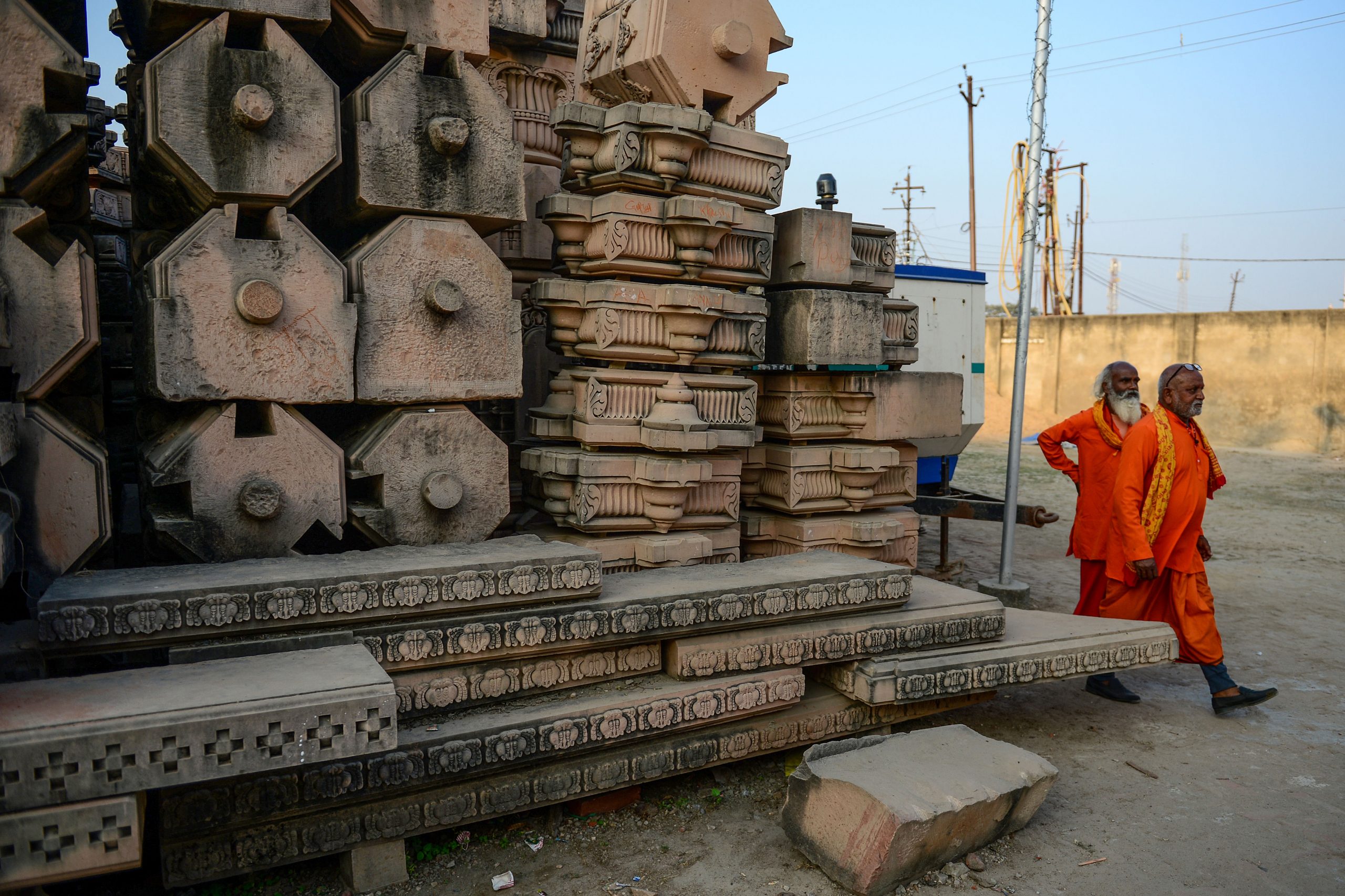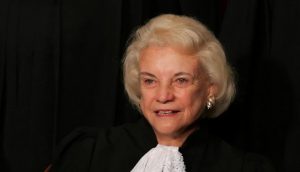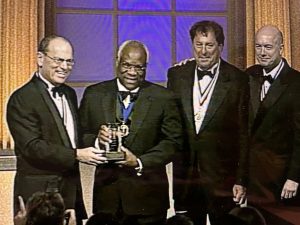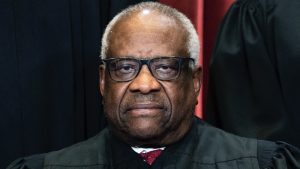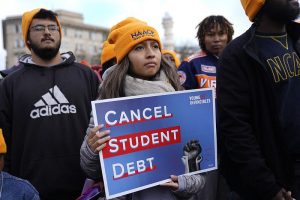The grand ground breaking ceremony of the Ram temple was held on August 5. The decades-old Babri Masjid-Ram Janmabhoomi dispute has its origin in the mosque built by Babar in 1528. The Hindus believe the site to be Lord Ram’s birthplace. The Supreme Court in November 2019 gave the 2.77 acres of the disputed land to Hindus, where the temple will be constructed. The court ordered for an alternative 5 acres of land to be given to the Sunni Waqf Board. Nirmohi Akhara, one of the three parties among whom the disputed site was divided, as per the 2010 Allahabad High Court judgment, suffered a setback. The court ruled that it is not a shebait or a devotee of the deity, Ram Lalla.
Opoyi takes you through the timeline of the decades old dispute:
1528
Mughal emperor Babar builds a mosque on the site that Hindus say is the birth place of Lord Ram and site of an earlier temple.
1859
British officials separate the places of worships, allowing the inner court to be used by Muslims and the outer court by Hindus.
1885
A petition is filed by Mahant Raghubir Das files seeking permission to build a temple on Ram chabootra. His plea was rejected a year after by the Faizabad district court.
December 23, 1949
On the intervening night of December 22-23, an idol of Lord Ram surfaces inside mosque. Muslims claim that it was kept there by the Hindus. Muslims protest and both parties file civil suits.
The government terms the premises a disputed area and locks the gates.
January 16, 1950
Gopal Singh Visharad files a suit asking for the right to worship the idols installed at ‘Asthan Janmabhoomi’.
1959
Nirmohi Akhara, which claims to be the custodian of the spot at which Ram was supposedly born, files the third suit and seeks possession of the site, doing away with the court-appointed receiver.
December 18, 1961
UP Sunni Central Board of Waqf claims possession of the mosque and adjoining land.
1983
A nationwide movement for the construction of the temple at the disputed site in Ayodhya started by Vishwa Hindu Parishad (VHP).
February 1, 1986
A district judge, on a plea of Hari Shanker Dubey, directs Masjid gates to be unlocked to allow ‘darshan’. Muslims set up the Babri Masjid Action Committee.
1989
Former VHP vice-president Deoki Nandan Agarwala files a fresh suit in the name of Lord Ram for declaration of the title and possession in its favour at the Lucknow bench of the Allahabad high court.
October 23, 1989
Faizabad court transfers all the pending four suits to a special bench of the High Court.
November, 1989
VHP organises Shilanyas ceremony in Ayodhya and places the first stone of the planned Ram temple.
September, 1990
BJP leader LK Advani starts a yatra from Gujarat’s Somnath to Ayodhya demanding the construction of the Ram Temple. He is arrested in Bihar during the yatra.
November, 1990
Uttar Pradesh Police clashes with Karsevaks , uses force to control the crowd. Scores of karsevaks are killed.
June, 1991
BJP leader Kalyan Singh becomes Chief Minister of Uttar Pradesh.
December 6, 1992
Thousands of Kar sevaks assemble at Babri masjid, soon the situation goes out of control and the masjid is demolished. Riots follow in which more than 2,000 people die.
April, 2002
Three Allahabad High Court judges begin hearings on determining who owns the religious site.
September 30, 2010
A three-judge bench of the Allahabad high court divides 2.77 acres 2:1 between Hindu and Muslim groups.
May 9, 2011
The Supreme Court stays the Allahabad High Court order of splitting the disputed site, saying that status quo will remain.
March 8, 2019
The top court constitutes a mediation panel with FM Kalifulla as the chairman and comprising spiritual leader Sri Sri Ravi Shankar and senior advocate Sriram Panchu, to mediate in the land title dispute.
August 2, 2019
The apex court announces the mediation has failed and orders day-to-day hearing of the case from August 6.
August 6, 2019
A five-judge constitution bench headed by Chief Justice Ranjan Gogoi, and comprising Justices Sharad Arvind Bobde, Dhananjaya Yeshwant Chandrachud, Ashok Bhushan and Abdul Nazeer begins day-to-day hearing of the case.
November 9, 2019
Ending the decades-old dispute, the five-judge Supreme Court bench orders setting up of a trust that will eventually pave the way for construction of a Ram temple at Ayodhya. It also orders allotting 5 acres of land to Muslims elsewhere in Ayodhya for building a mosque.

